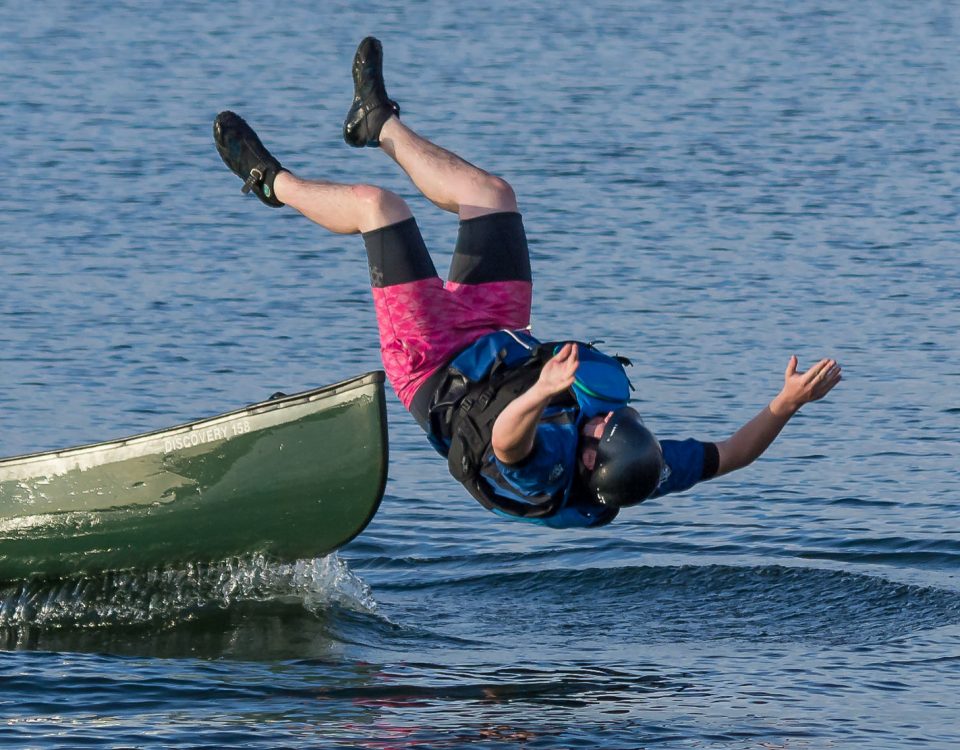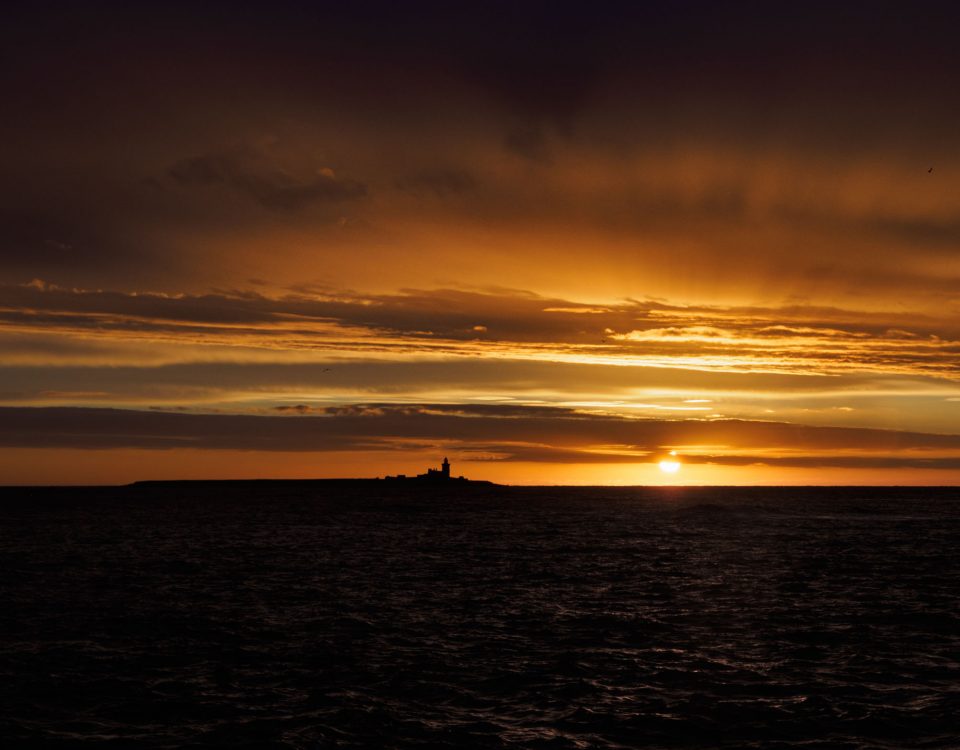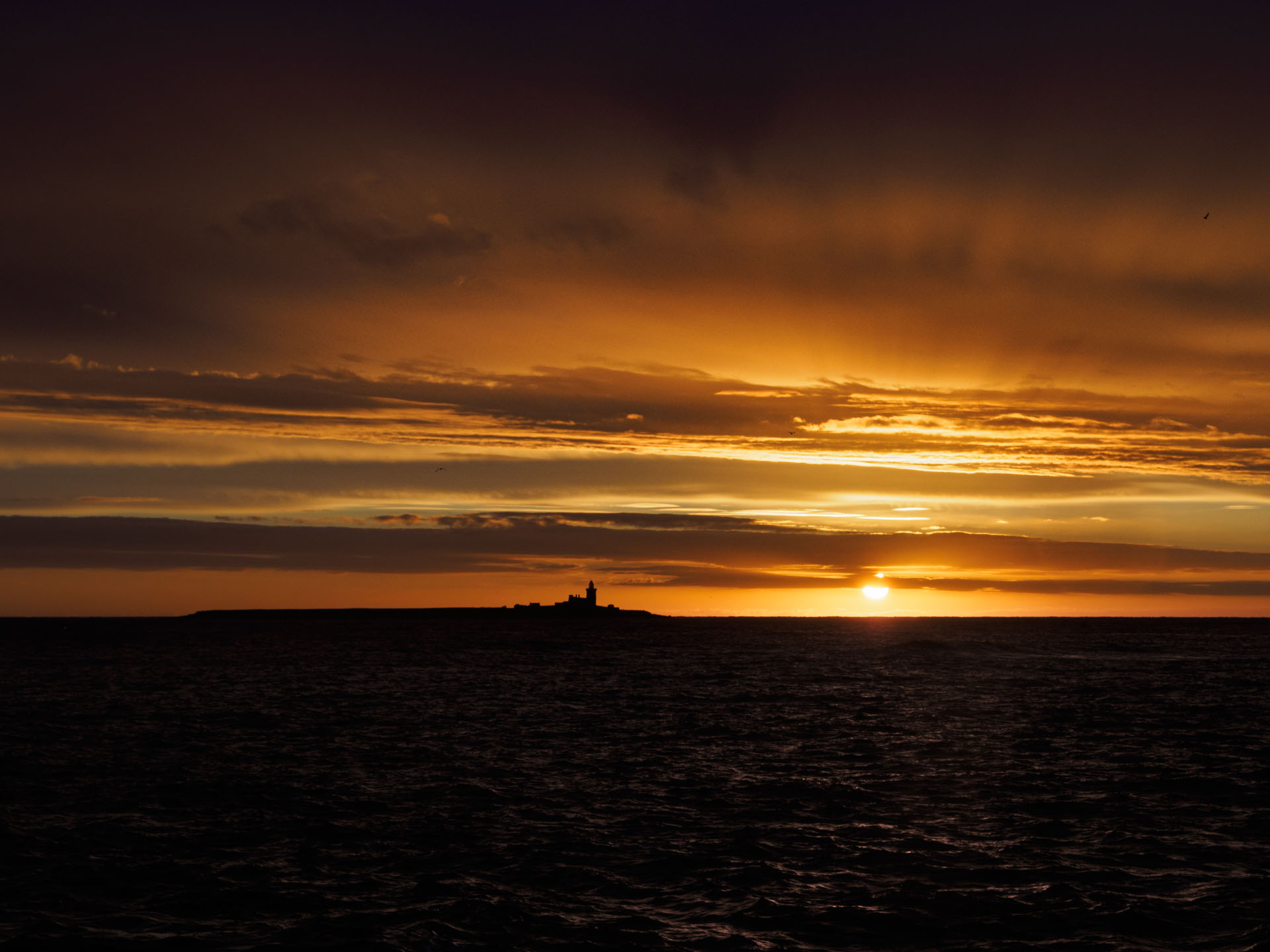
Websites Time
10th February 2021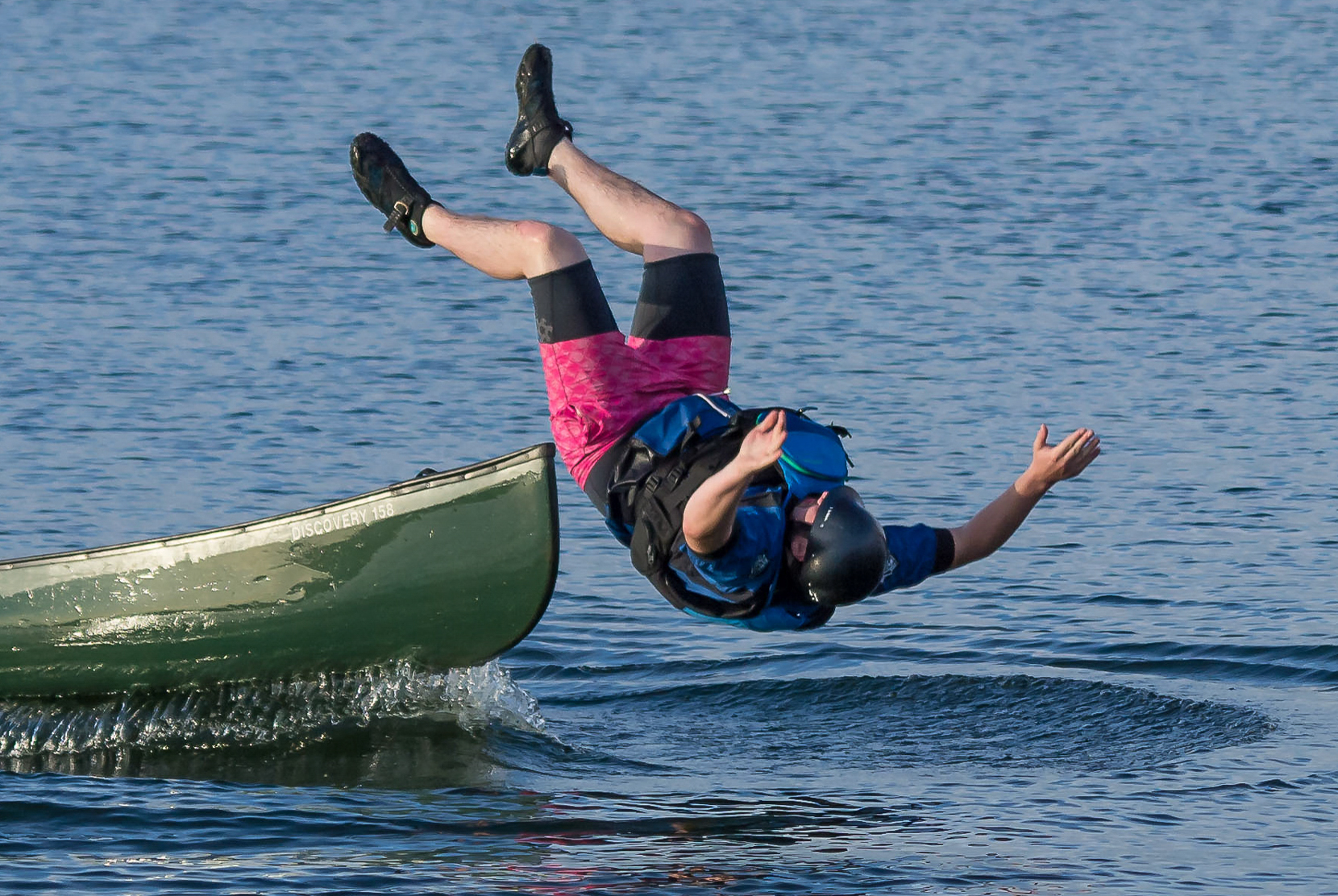
How Reliable is Your Camera Brand?
14th July 2021Keeping Safe
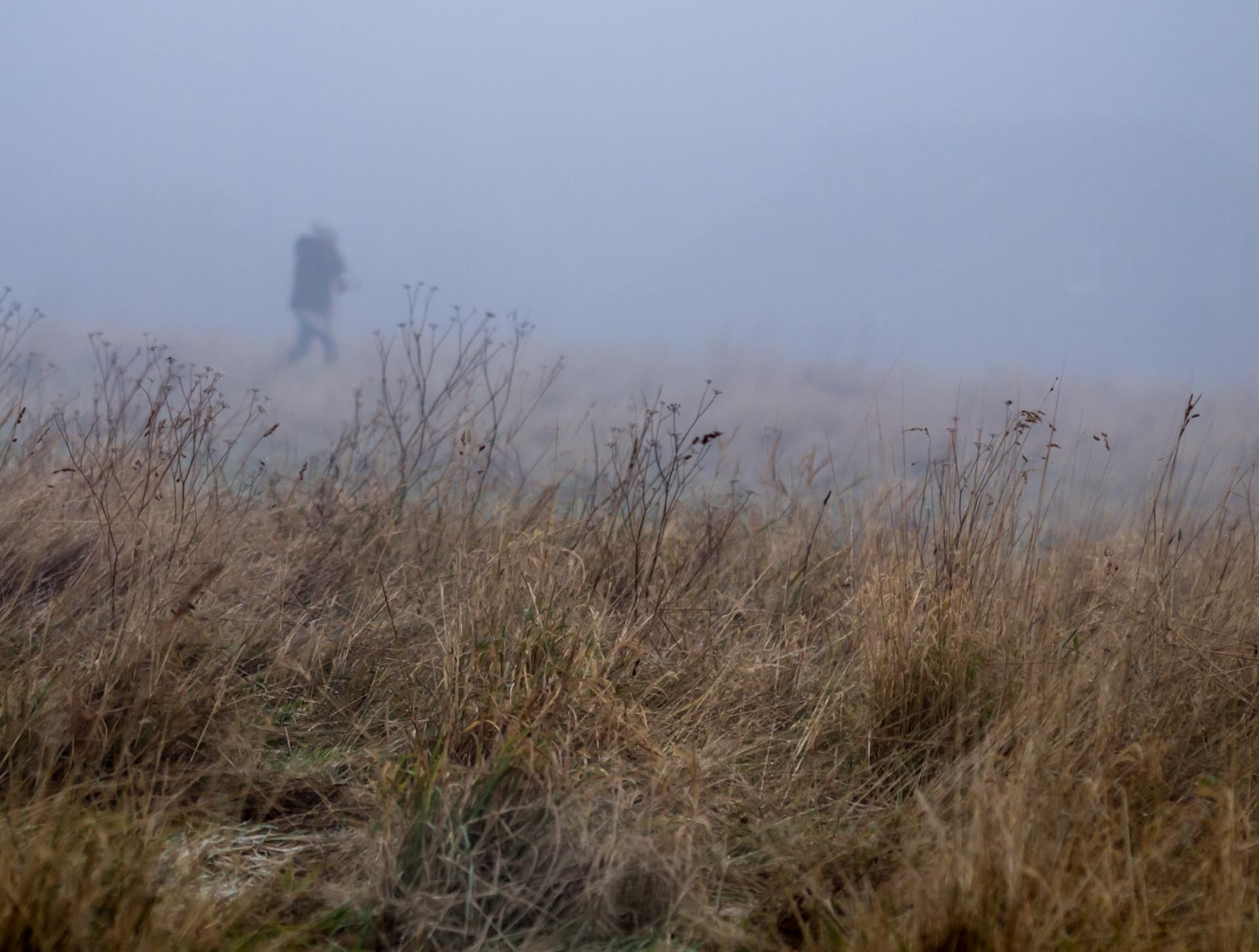
Keeping safe
As I write this blog post, it is mid-February 2021, and hopefully, in the not too distant future, we will be able to escape the lockdown that has been imposed on us because of the Covid-19 crisis. When that finally happens, it will be tempting to throw ourselves out into the wilds with our cameras. It will be an ironic tragedy if, after keeping ourselves safe from the disease for all this time, we put ourselves in danger because of our unpreparedness.
This is not a definitive guide to hillwalking, nor is it an instructional essay on preparing for your expedition. It is just something to think about before venturing somewhere exciting that's beyond your everyday experience.
Suffering for my art
Suffering for art is not something I believe in; I like being comfortable. But most of my favourite images are taken in atypical weather. The first sign of fog or snow and I’m out with my camera. Even rain can bring interesting light and unusual sights. Being comfortable means having the right clothing and equipment and, fortunately, that usually equates to being safe too. If heading into the hills or a remote stretch of the coast, preparing for the conditions can save your life. Without proper equipment and knowledge, mishaps become disasters.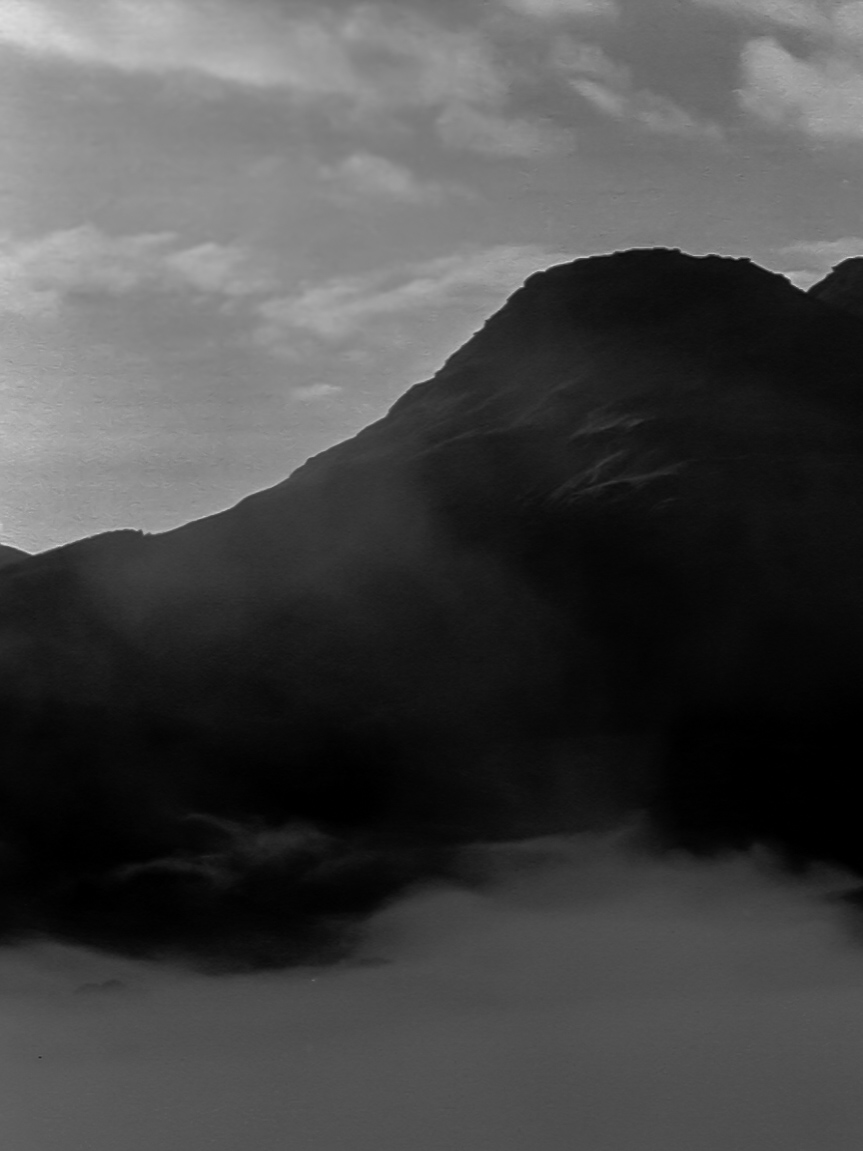
Keeping safe in the hills
Hillwalking in Scotland one winter, the weather changed abruptly. A violent squall accompanied by a deluge of freezing rain knocked me off my feet. I grabbed the bothy shelter from my rucksack. Huddled beneath it, I opened my flask of hot chocolate and waited, cosy and dry, until the elements improved. Without proper preparation, the outcome of that trek could have been very different.
When I got back, I told a friend what had happened. That evening I went to the village pub and someone came over to ask if I was okay. They had heard I was in hospital after being blown off the mountain. Chinese whispers!
The most important thing is to prepare for foreseeable eventualities. It was a reasonable expectation that the weather would turn for the worse on that mountain in mid-January, and so I prepared for that. In the summer, walking in the same hills, I would protect myself from sunburn and heatstroke, but be equally ready for the weather closing in rapidly, the temperature dropping and visibility disappearing altogether.
Basic safety
If you are heading out, especially on your own and even in summer, give someone a copy of your route and your planned return time. Write it down. Don’t rely on them remembering the details for the Coastguard or Mountain Rescue teams. Pack a basic first aid kit and learn how to use it. Check the weather and, if photographing the coast, the tides and sea state too.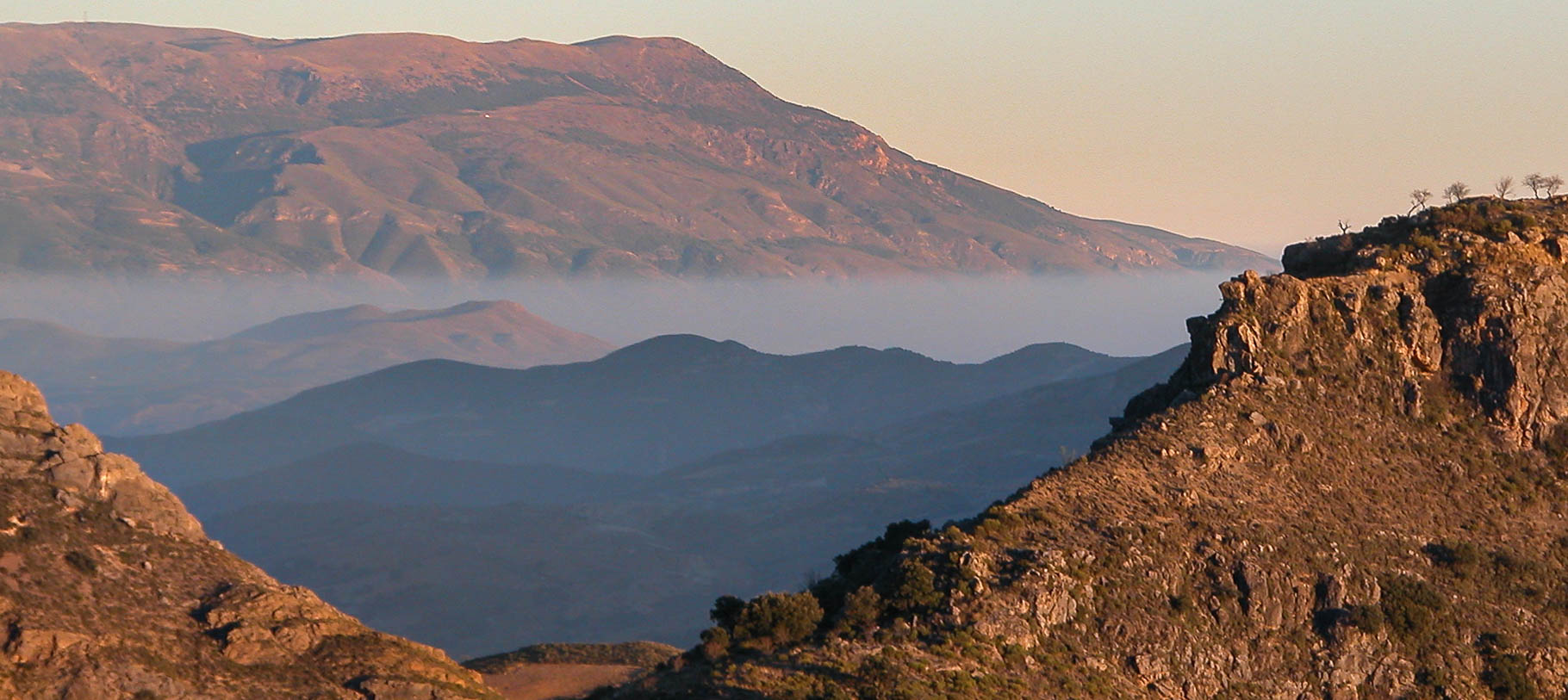
Clothing and food
Good quality, layered clothing is essential. Avoid cotton, it absorbs moisture and feels cold against the skin. Prepare for heat as well as cold; heat stroke is just as dangerous as hypothermia. Wear a hat and good walking boots too. Carry water and extra high-energy emergency snacks.
Kit and Technology can help keep you safe, but...
Mobile apps can use GPS to log your location, so your family can see where you are. Make sure your phone is charged, but don’t rely on it to get you out of trouble. I have problems getting a signal in my kitchen and so service cannot be guaranteed in the shadow of a mountain. Much of our coastline is without a phone signal too.
So, take a whistle to call for help, and a torch for nighttime. Six blasts (or flashes) repeated with an interval of one minute between is an internationally recognised distress signal. Three whistles are the reply. But, even when you get a reply, keep repeating the six whistle blasts for determining your location.
Also, consider the location app called What3Words which quickly and easily identifies your position to emergency services.
However, technology can and will fail. Batteries go flat quickly in cold weather. Phones can fall from pockets and the screens can break. A compass can get dropped or affected by iron deposits in the ground. Maps can blow away in strong winds. Prepare for the worst.
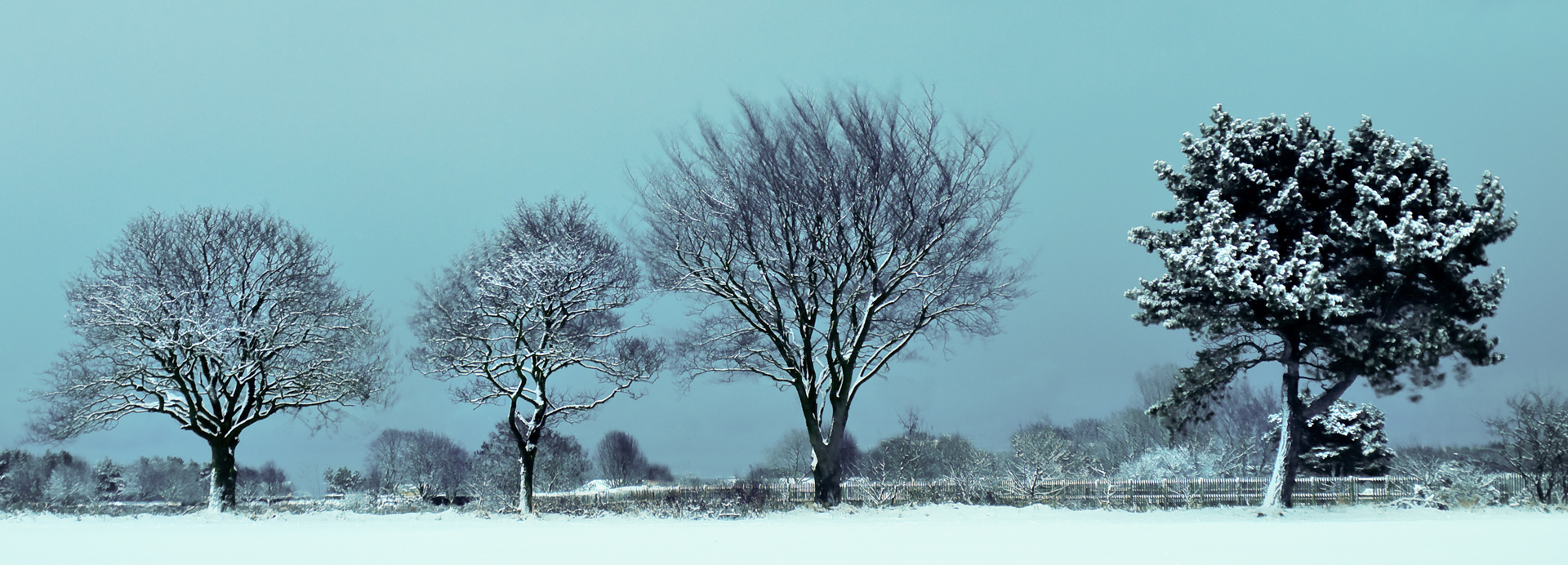
There's nothing quite like it...
You can’t beat the tranquillity of the great outdoors. Being alone, not able to see or hear any sign of human life, is an experience like no other. Cresting a ridge and coming face-to-face with a stag is amazing – not getting your camera out in time is frustrating!
Of course, just like with photography, you can buy the best outdoor kit in the world but if you don't know how to use it that investment is a waste.
Stay within your competences
Ask yourself, are you able to find your way off a hill in poor visibility? Walking to the top is easy; it’s upwards all the way. Coming downhill, a multiple of possible routes lead in different directions to the bottom. The quickest descent – plummeting several hundred feet in a few seconds – isn’t what you want. People often fall off the north face of Ben Nevis because they cannot navigate in thick cloud.If you are heading for the beach, do you know what the tides are doing? If you break an ankle on a rock at low water, would help arrive before the incoming tide?
Just like photography, it isn't the equipment that makes the real difference, it's ability. Is your toughest outdoor experience walking through a low-level country lane in winter? That hasn't prepared you for heading up a remote hill in Scotland. Is your coastal experience limited to sunbathing on the busy, sandy beaches in the summer? If so, plan carefully before heading to a remote rocky shoreline at dusk in the winter.

A gift for you
I have a planning template for my trips out. It covers what I need to take, including clothing, medication and camera equipment. It's in Word format so can be easily adapted to your own circumstances. If you would like to have a copy to use, please put a comment below and let me know about your experiences of photographing in the wilds. I'll email a copy to you. (You will need to be registered with this site for me to contact you. Please don't put your email address in the comments.)
And finally...
I hope you've enjoyed my article and photos; there are plenty more on my site. If you found this one useful, I would really appreciate you sharing it with your friends, and/or clicking the little heart at the top of the article.
Keep safe!

